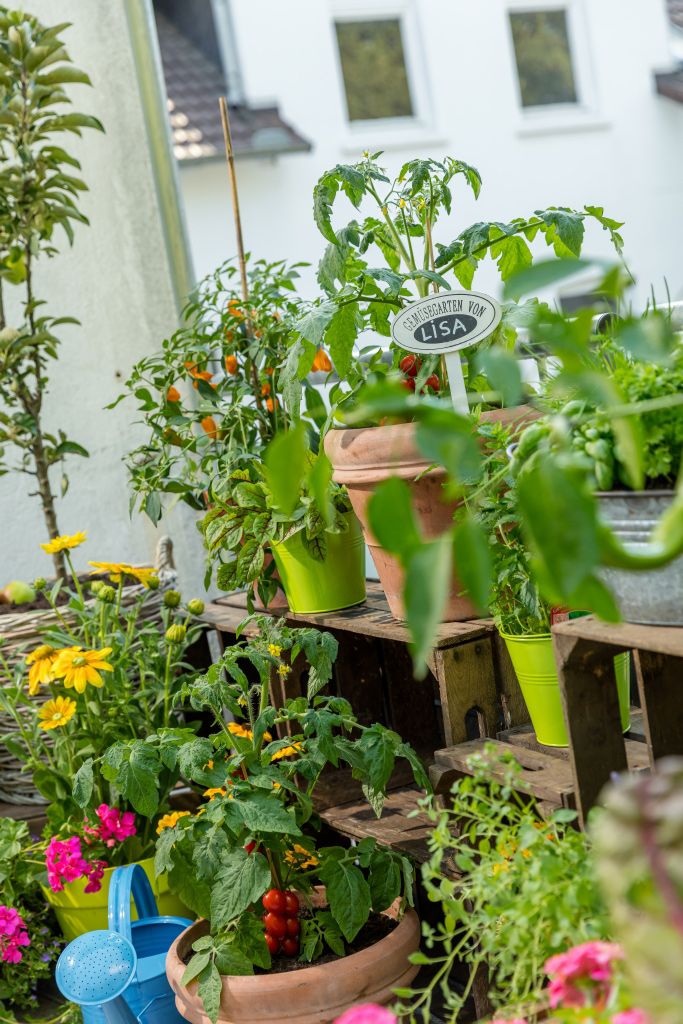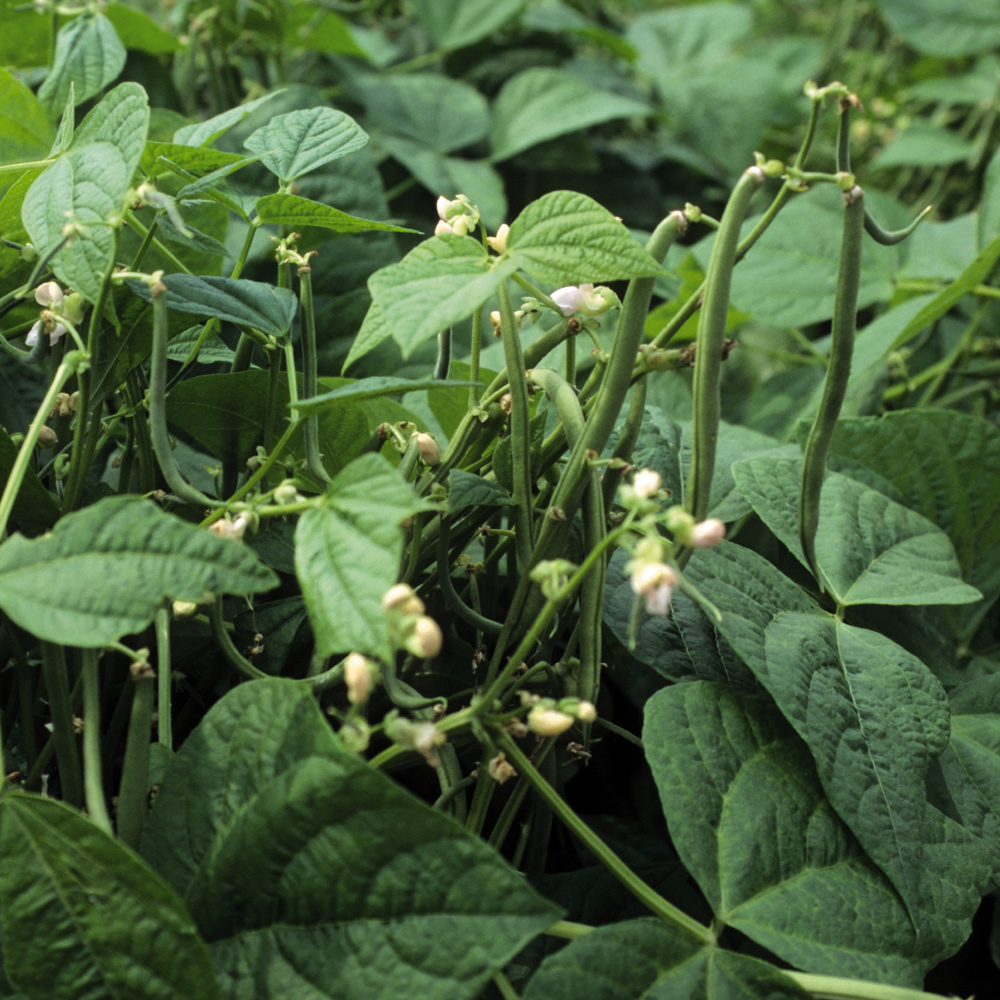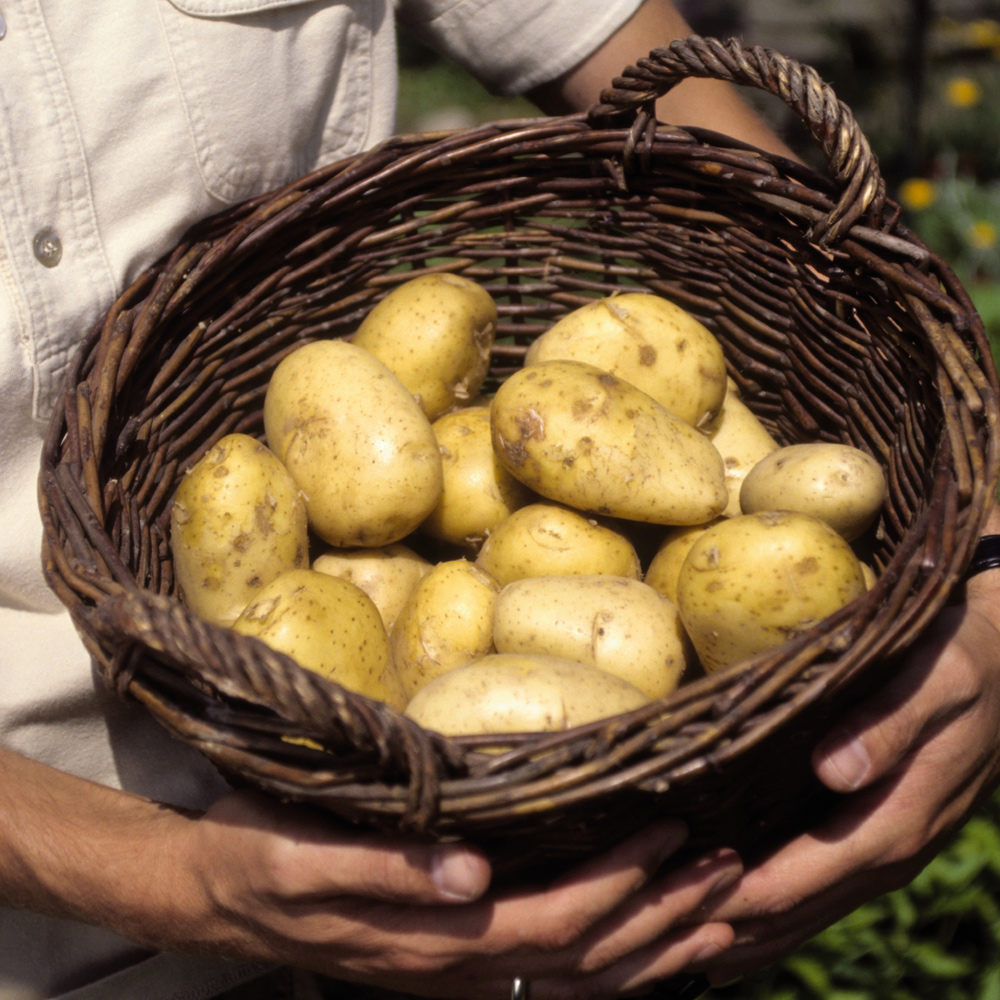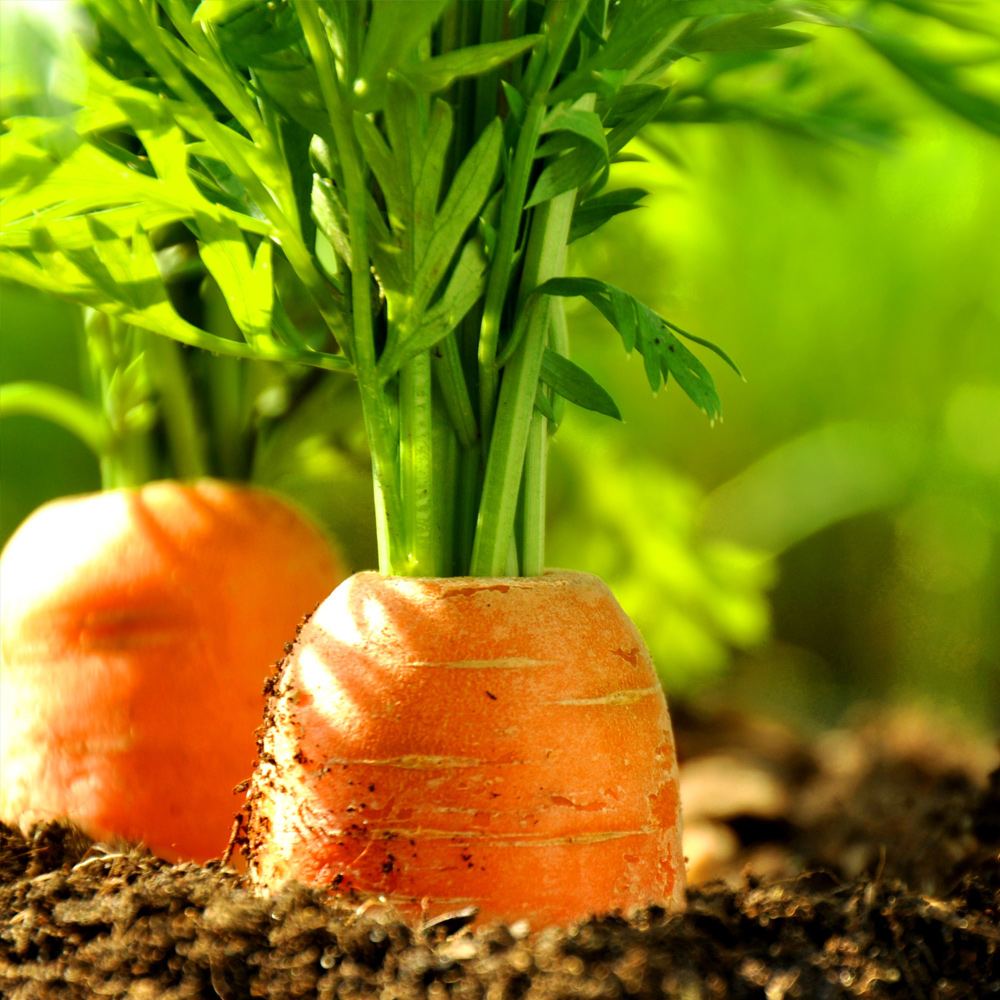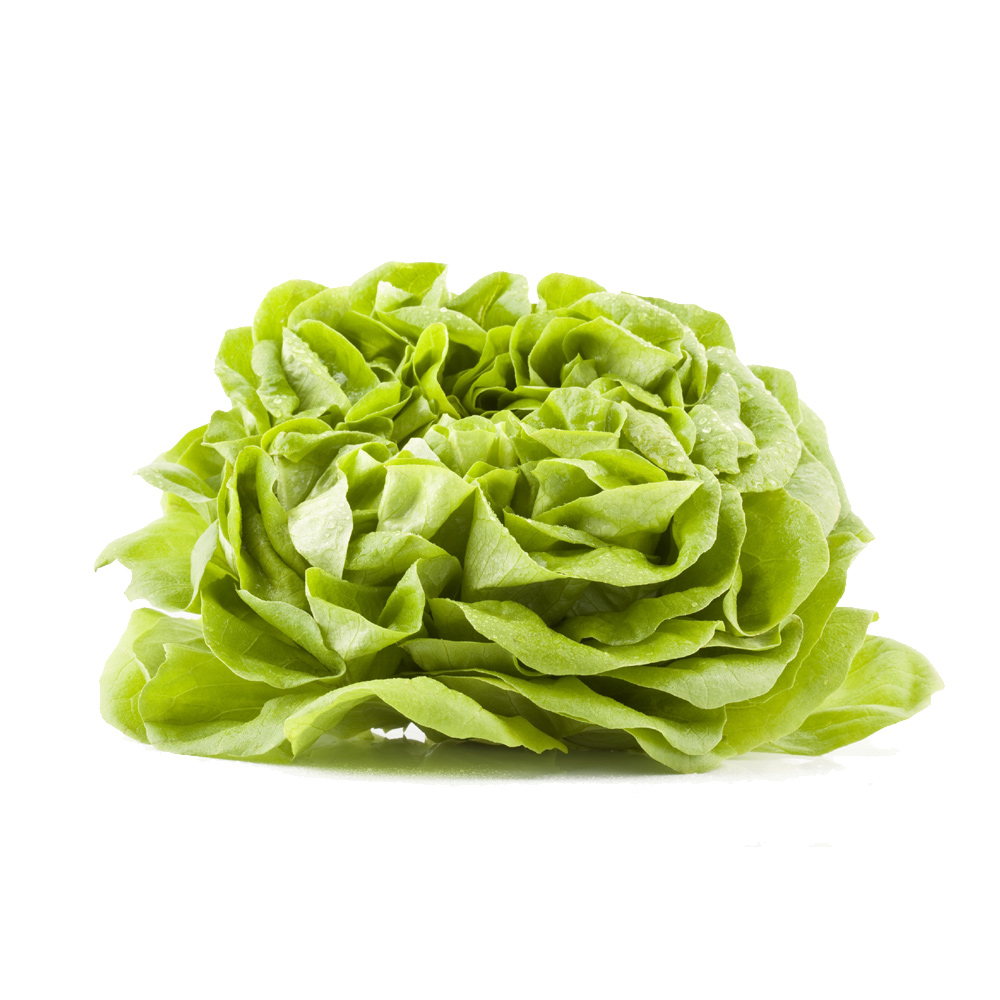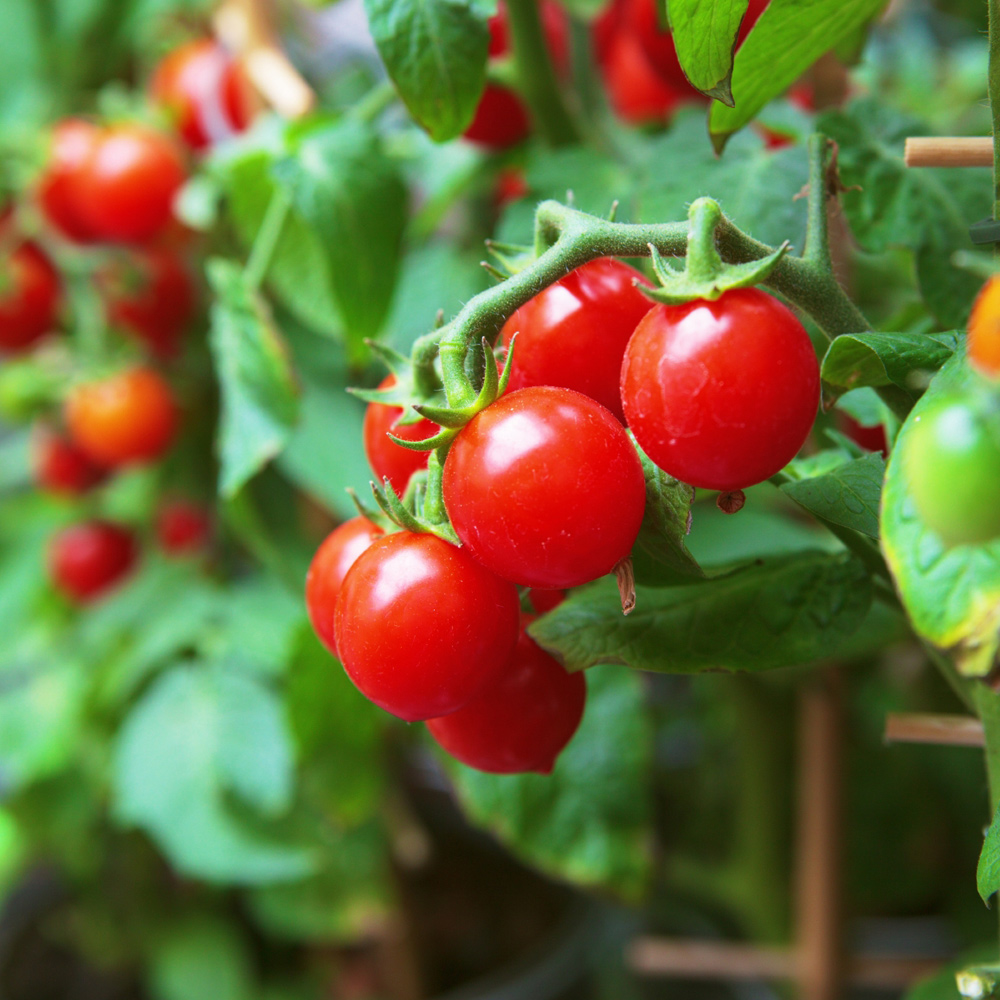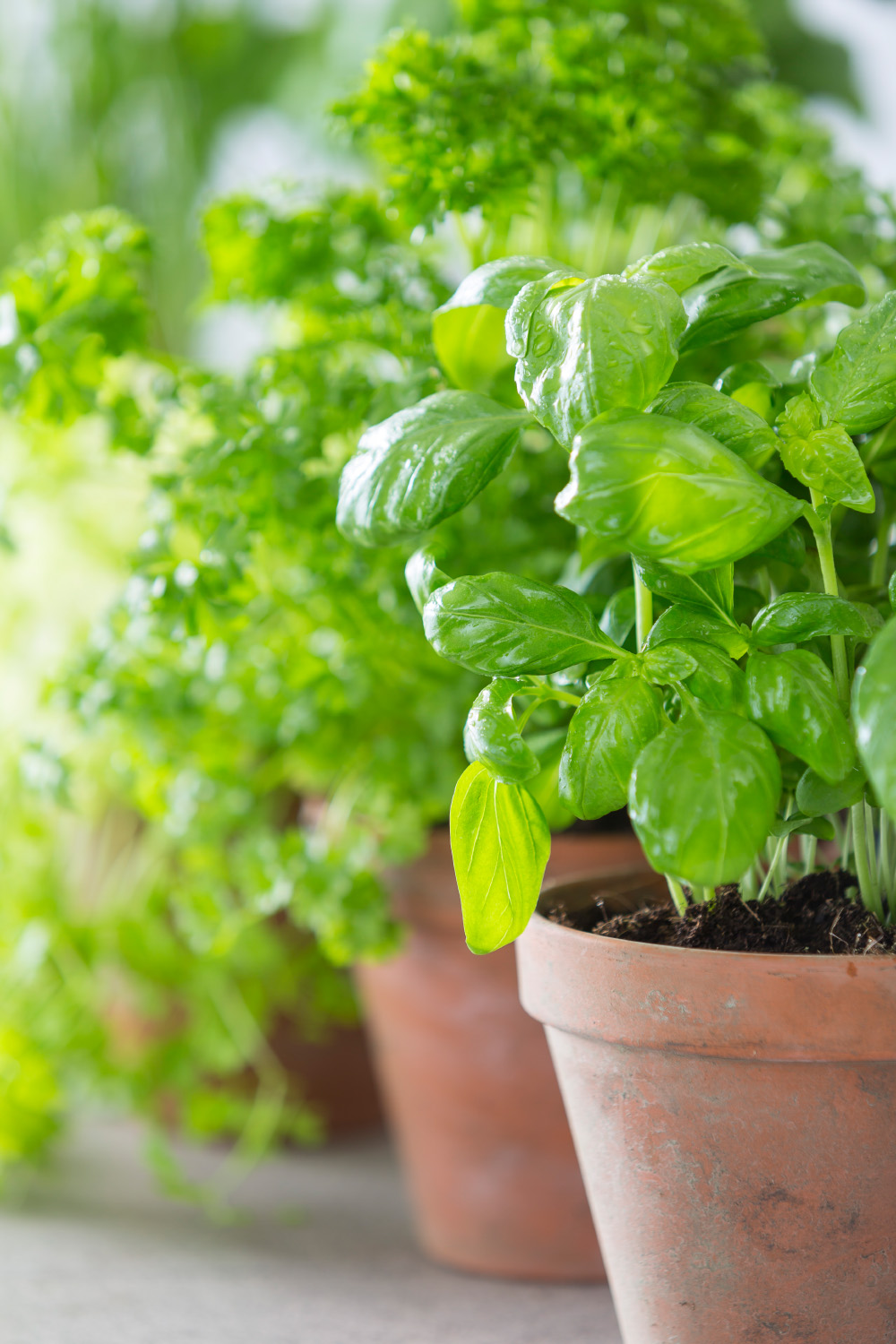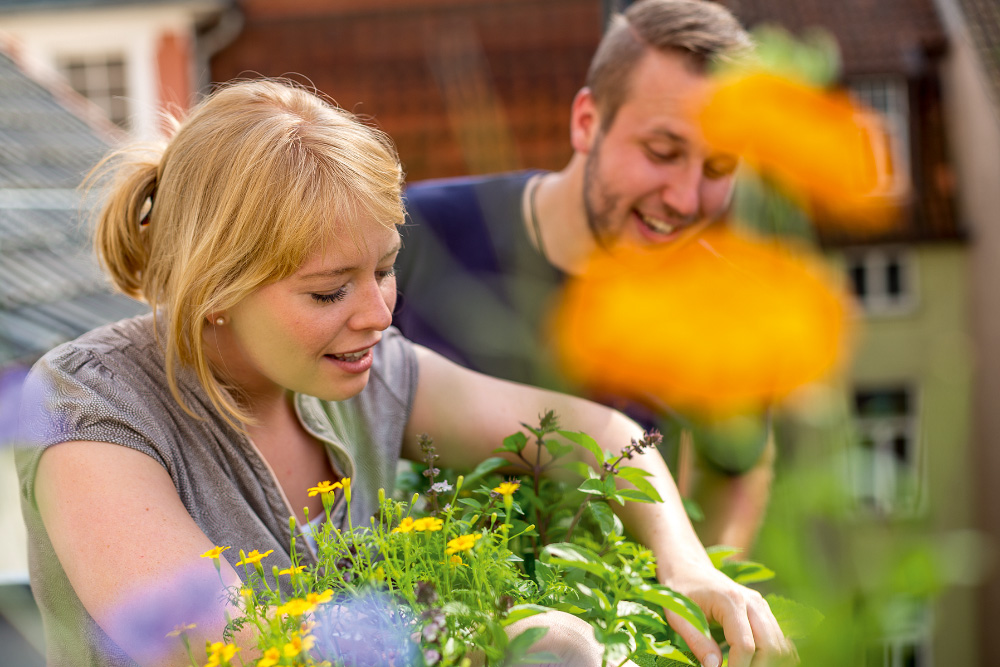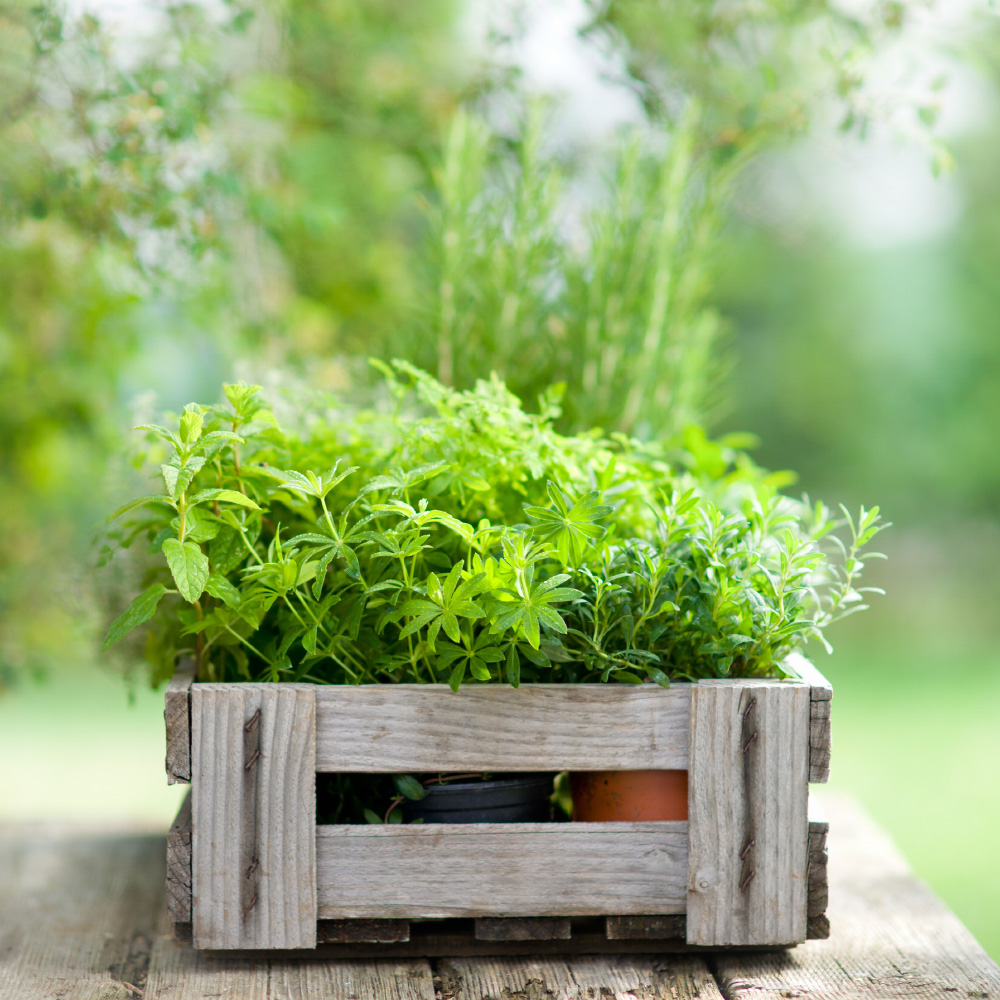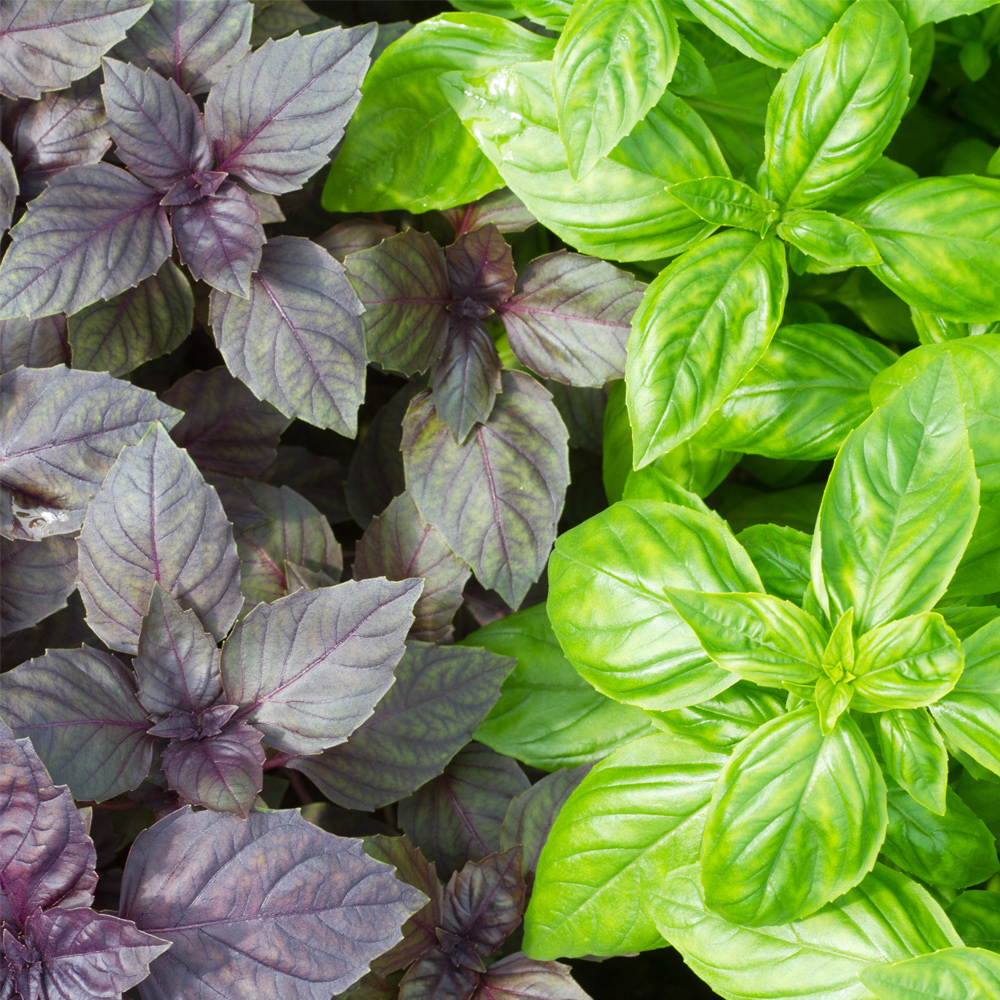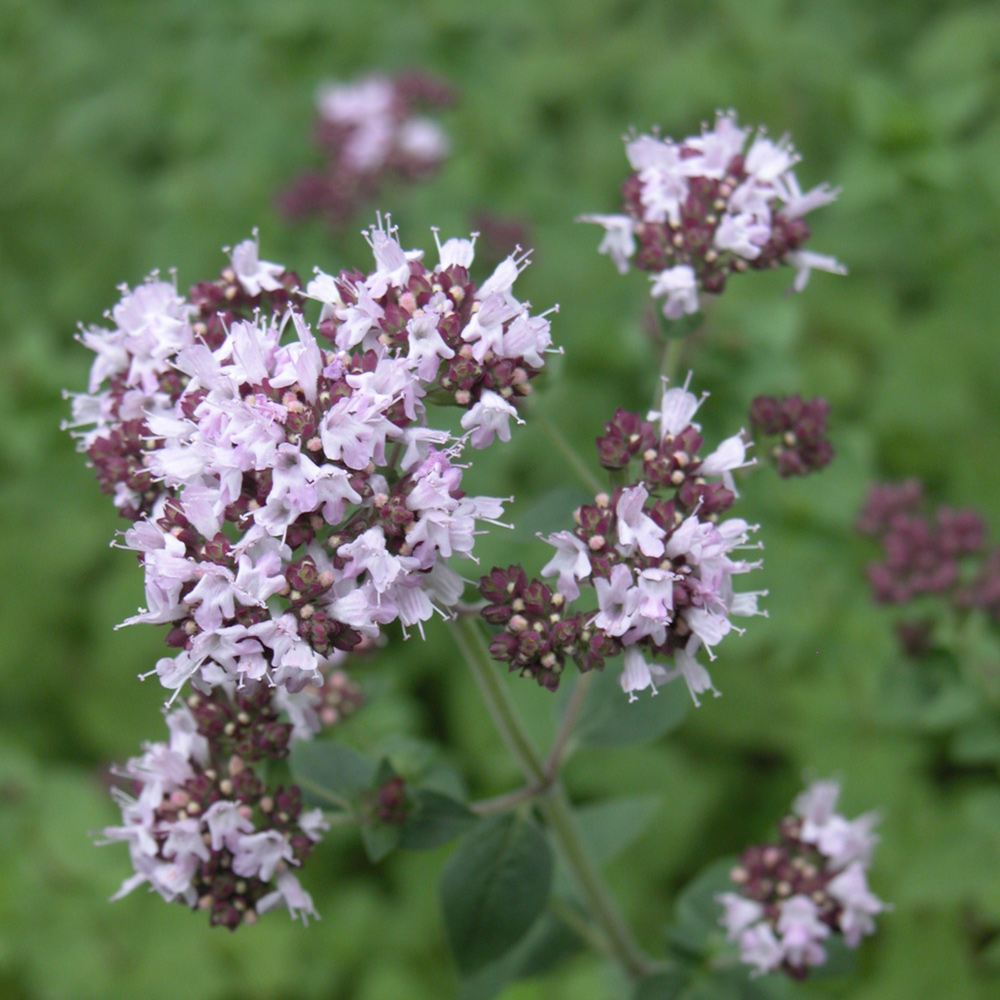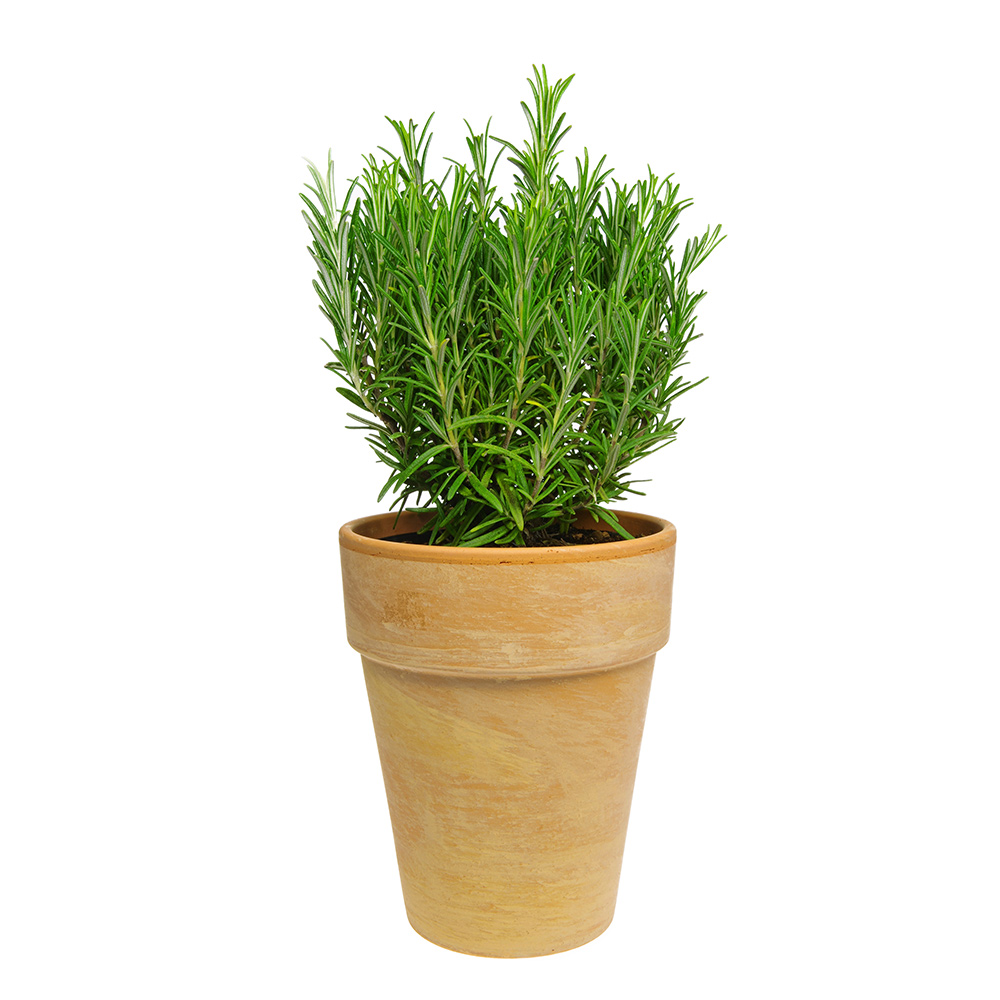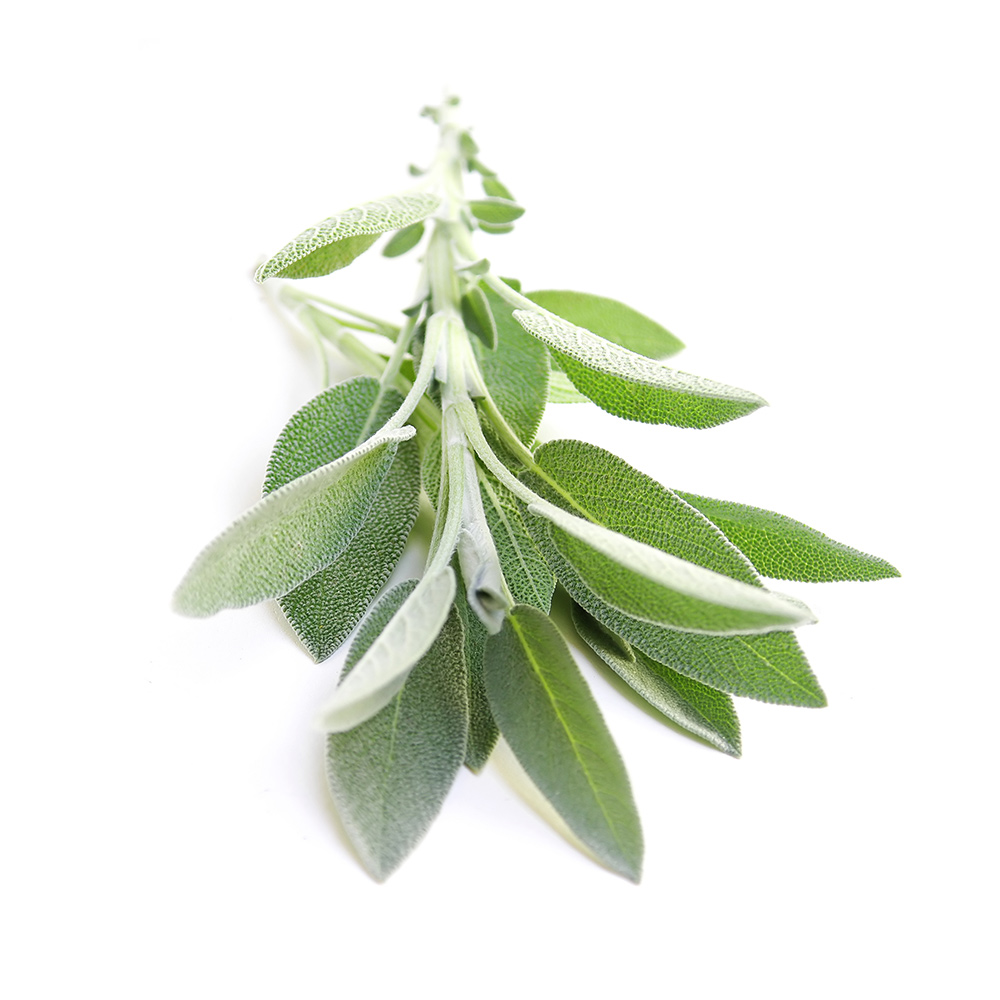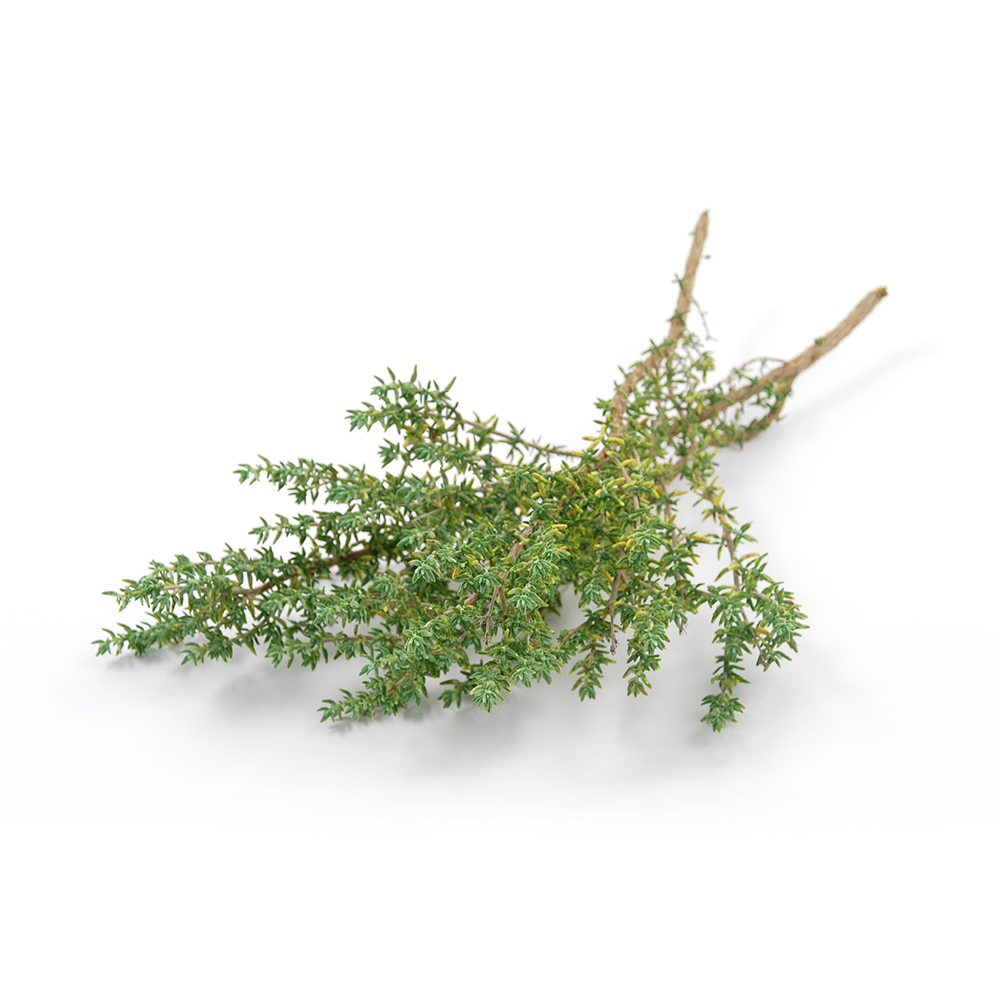
Vegetables & Herbs
Vegetables: What you should know
Harvesting at lofty heights – fresh vegetables directly from the balcony
You can also harvest vegetables without your own garden because many vegetables such as lettuce, potatoes and tomatoes grow just as well in tubs and boxes. For most types of vegetables, the perfect location is sunny but not too hot. Vegetables do not grow very well in half shade or on a shady north-facing balcony, so there will be little to harvest in such locations.
Large pot or small box?
The right size pot is crucial for the success of the harvest: a normal balcony box is sufficient for lettuce, low beans or bush tomatoes. Use a larger tub for higher-growing plants such as vine tomatoes, pumpkins, potatoes or runner beans. It’s often necessary to have a climbing trellis or a pole to secure the main stem in the pot.
As well as adequate light and sunshine, it is important to have good drainage in the containers. Waterlogging is also bad for vegetables in the long term. If subjected to constant moisture, the roots rot and the plants are more prone to fungal infections. A hole beneath the tub or box allows excess water or rainwater to quickly drain away. So it is best to avoid saucers. When watering, try not to wet the leaves of the plants. This also helps to prevent fungal diseases.
Good soil and plenty of nutrients
When planting vegetables, make sure to use a nutrient-rich substrate. Use a peat-free soil, specially designed to meet the needs of tomato & vegetable plants.
On the other hand, if you are sowing vegetable seeds, you should use a peat-free sowing and potting soil with a particularly fine crumb structure. When the plants are larger, you can re-pot into a special tomato & vegetable soil.
Feed regularly
All vegetable types later need several applications of fertiliser. Natural, organic fertilisers are ideal for fruit and vegetables as this helps them develop their full flavour.
There are special organic liquid feeds available for tomatoes, bell peppers, pumpkins and cucumbers such as the Organic Tomato Feed. Use Organic Multipurpose Plant Food for other types of vegetables.
Vegetable portraits
Herbs: What you should know
Herbs on the balcony – a delight for all the senses
Herbs are great for growing in pots on the balcony or terrace. It’s important to have the right location – almost all herbs love sunshine – and good drainage in the pots. No herb likes to be permanently waterlogged. So, a hole at the bottom of the pot is especially important. This allows excess water and rain to drain away. Therefore, it is also best to avoid saucers.
Less is more
When planting herbs, make sure you use a nutrient-poor, soil that is specially designed for herbs and peat free if possible, as this has an especially fine crumb structure and contains less fertiliser according to the needs of herbs. If you plant herbs in ordinary soil, however, the shoots quickly grow long and straggly and the flavour is less pronounced.
Herbs also need to be fed now and again though. Especially plants that permanently grow in pots. The best time to apply fertiliser is once in April and again in June.
Caring for herbs: cutting and harvesting
The best way to care for herbs is to harvest them regularly. This keeps the plant nice and compact and allows them to fill out well. As soon as herbs start to flower, they usually lose their flavour. Then it is time to cut back the plant by one third. Lavender is an exception to this: cut the flower stalks after flowering and prune down to the previous year’s growth again in April of the following year. Do not cut into old wood as lavender does not tolerate this well and reacts with reduced growth.
In winter, herbs can stay in their pots outside on the balcony. They survive brief drops in temperature quite well. Only sensitive varieties such as rosemary or lavender need to be protected against the cold with protective garden fleece or conifer twigs. Place all herb pots as close to the house wall as possible, preferably on small “feet”, so that they do not have any contact with the ground. This protects them from the cold and wet. As soon as it starts to become warmer in March, put the plants back into their original spots.
Herbs in boxes – which ones go together?
Every kitchen garden, no matter how small, should have a selection of herbs. Then you can harvest fresh fragrant herbs whenever you like. There is nothing wrong with grouping different herbs that not only look good together but that can also be added to various dishes together.
When planting the various herbs in the same box, the only thing you need consider is that the plants require the same amount of light, water and substrate. Then you can create a beautiful-looking plant community.
Go well together:
- Pizza herbs: oregano, thyme, rosemary and basil love full sun and moderate amounts of water. And for seasoning pizza, you have everything close to hand.
- Mediterranean mix: sage, oregano, marjoram,lavender and thyme prefer sand and limestone gravel. All tolerate full sun and drought.
- Robust kitchen herbs: parsley and chives prefer somewhere lighter and slightly damper. The herbs can survive the wintertime together in pots.
- For fresh tea: mint and lemon balm have the same needs for their location and spread quite happily. Planted together in one pot, neither pushes out the other.
- Light-dependent germinates in a pot: thyme and summer savoury can be sown at the same time. Both seeds need light to germinate and shouldn’t or only need to be slightly covered with soil. The herbs also share the same location needs.

